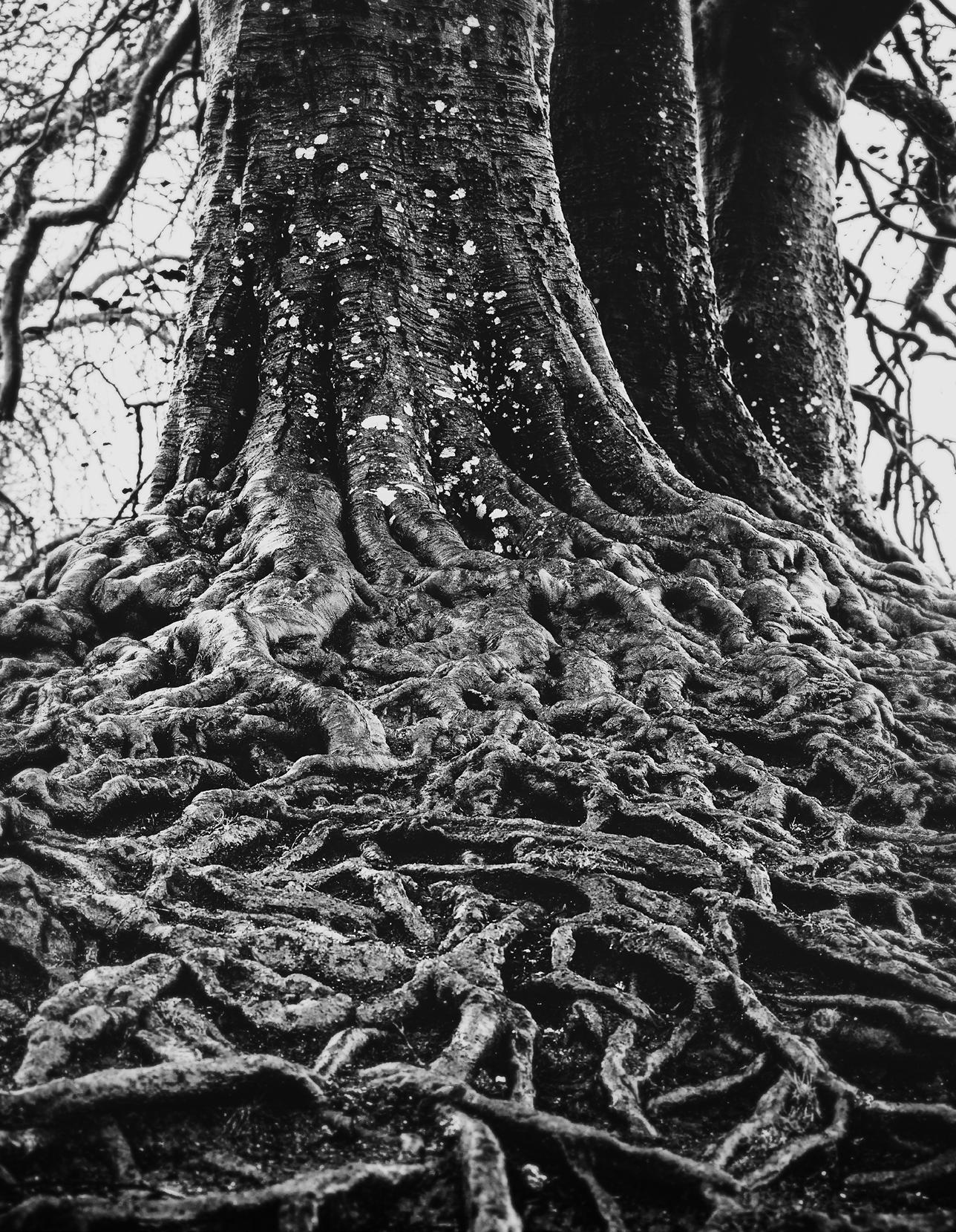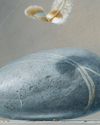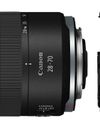
Better black-and-white photography
Mono masterpieces with your EOS camera
Canon is renowned for its colour science. The combination of Canon-designed CMOS sensors, DIGIC processors and Canon glass produces rich, pleasing colours that are consistently good across the EOS range. Skin tones are a particular highlight and the reason alone that many photographers and filmmakers stay with the Canon system.
Black-and-white photography enables you to step outside of this colourful reality and focus on the composition in a different way. Light, shadow, texture, shape and form become more prominent, and it's possible to convey a mood or emotion in a more concentrated way. Colour is conventional and black and white is intentional, which means a mono image can draw people in and make them look a bit deeper.
There are two ways to create a black-and-white image: in-camera or in software. Many EOS cameras have a simple black-and-white shooting option in their Basic Zone shooting modes. Some have a Creative Assist function that enables you to apply a colour toning effect for mono photography. But for the greatest control, you need to select a Creative Zone mode such as Aperture Priority or Manual. These give you access to the Picture Style menu and its Monochrome option, so you can fine-tune the way the image is processed - including applying digital versions of classic colour filters for black and-white film photography that enhance the contrast between the shades of grey.
Shoot in colour, convert later
Denne historien er fra November 2022-utgaven av PhotoPlus : The Canon Magazine.
Start din 7-dagers gratis prøveperiode på Magzter GOLD for å få tilgang til tusenvis av utvalgte premiumhistorier og 9000+ magasiner og aviser.
Allerede abonnent ? Logg på
Denne historien er fra November 2022-utgaven av PhotoPlus : The Canon Magazine.
Start din 7-dagers gratis prøveperiode på Magzter GOLD for å få tilgang til tusenvis av utvalgte premiumhistorier og 9000+ magasiner og aviser.
Allerede abonnent? Logg på

The Art of Copying Art - James Paterson shows you how to use your Canon gear to capture artwork and paintings the right way with simple camera and lighting skills
Whether you want to capture a painting like the above, digitise old prints or reproduce any kind of canvas, there's real skill in capturing artwork with your camera. Not only do you need the colours to be accurate, you also need to master the spread, angle and quality of the light to minimise glare and show the work at its best.This painting by the artist Bryan Hanlon has a wonderfully subtle colour palette. To reproduce the painting in print and digital form, it needs to be captured in the right way.

Fright night
Canon photographer and digital artist Alexander loves to craft incredible fantasy scenes with a spooky horror twist

Sharpen your shots with DPP
Sharpening a digital image also increases contrast at the edge of details

CANON ImagePrograf PRO-1100
Deeper blacks, better bronzing, greater lifespan and 5G Wi-Fi -Canon's new printer is full of new tech, says

Canon's new 'kit lens' is actually a half-price f/2.8 trinity lens!
The Canon RF 28-70mm F2.8 IS STM lacks a red ring, but borrows premium features from its L-series siblings

DREW GIBSON
Pro motorsports photographer Drew on why he hasn't (yet) switched to Canon's mirrorless system, why old-school techniques can be the most reliable, and the lessons learned from more than a decade shooting the world's biggest car brands

Up in smoke
Make a smoky shape in Affinity Photo and get to grips with the amazing Liquify Persona under the guidance of James Paterson

Expand your creativity with Generative Fill
Photoshop's Al-powered feature brings revolutionary new tools to image editing. James Paterson reveals all...

Turn your images into vintage postcards
Wish you were here? Sean McCormack explains how you can give your summer photographs a vintage postcard look

The Angel Malibu
Light painting an American movie producer in the Wadi Rum Desert in Jordan was a highly unlikely evening out for David!